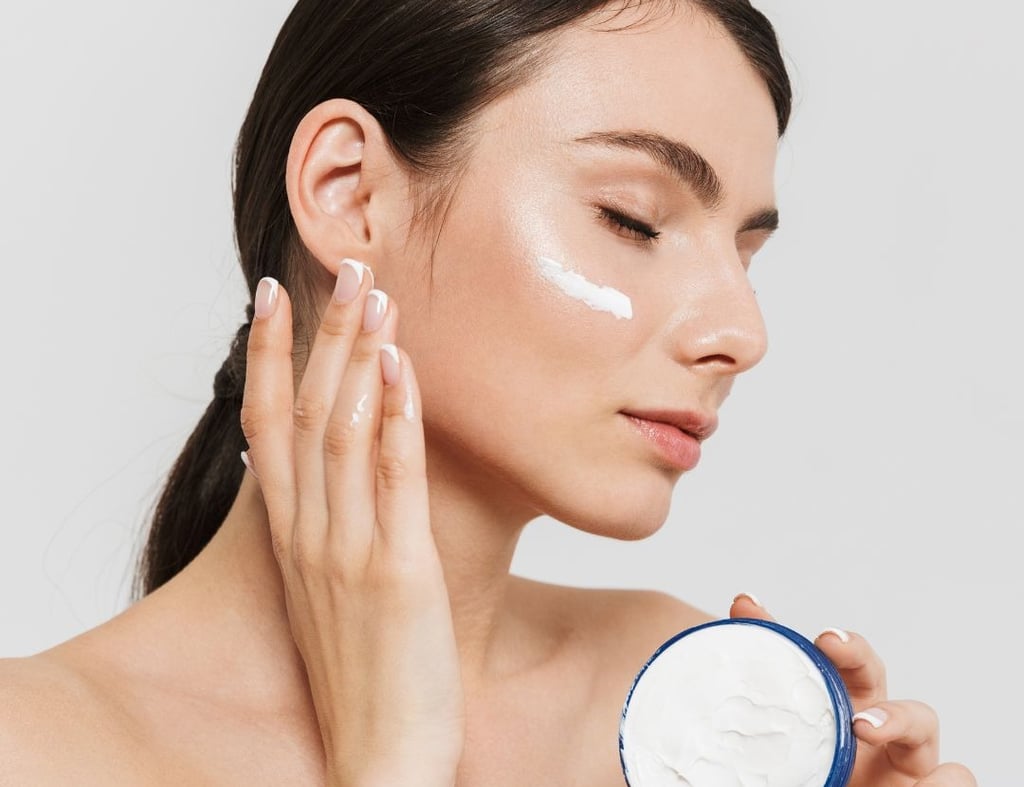Korean vs. Western Skincare: Which Products Are Better for Facials?
In the world of skincare, the debate between Korean and Western products is a hot topic, especially when it comes to facials. Each approach has its distinct philosophies, ingredients, and techniques that cater to different skin care needs. So, which products are better for facials? Let’s break it down by understanding the unique qualities of both Korean and Western skincare.
3/4/20254 min read


In the world of skincare, the debate between Korean and Western products is a hot topic, especially when it comes to facials. Each approach has its distinct philosophies, ingredients, and techniques that cater to different skin care needs. So, which products are better for facials? Let’s break it down by understanding the unique qualities of both Korean and Western skincare.
Korean Skincare: The Art of Layering and Hydration
Korean skincare is renowned for its meticulous, multi-step routines and its emphasis on hydration. Here’s why Korean products might be a great choice for facials:
1. Layering for Maximum Hydration
Korean facials typically focus on achieving plump, dewy skin, which is considered the ideal complexion. The Korean beauty routine often involves multiple layers of lightweight products, starting with toners and ending with serums, emulsions, and moisturizers. This multi-step process helps to hydrate the skin deeply, which is a crucial element in Korean skincare.
For facials, hydration is key, and Korean products are designed to give the skin the maximum moisture it needs without feeling heavy. Products like essences, ampoules, and sheet masks are particularly popular in Korean skincare, offering a highly concentrated boost of hydration and active ingredients.
2. Innovative and Unique Ingredients
Korean skincare frequently incorporates ingredients that are unique and highly effective, such as snail mucin, ginseng, centella asiatica, and green tea. These ingredients are known for their calming, anti-aging, and brightening properties, which can work wonders during facials.
Snail mucin helps to regenerate skin and promote healing, making it ideal for treating acne scars or pigmentation.
Centella asiatica is known for its soothing properties, making it great for sensitive skin or irritated skin post-facial.
Ginseng and green tea are antioxidants that protect the skin from environmental stress and enhance overall radiance.
Korean skincare brands are also known for their innovation in packaging, like sheet masks that are infused with potent serums. These provide a spa-like facial experience, delivering hydration and nourishment directly to the skin.


3. Focus on Prevention and Skin Health
Korean skincare often emphasizes prevention over treatment. The idea is to keep the skin healthy from the start to avoid common issues such as acne, dryness, or premature aging. This philosophy also translates to facial products, which focus on gentle yet effective ingredients that nourish the skin and promote long-term health.
Western Skincare: Targeted Treatments and Results
Western skincare, while also effective, takes a different approach. The focus is often on targeted treatments that address specific skin concerns, such as acne, pigmentation, fine lines, and wrinkles. Here’s why Western products might be better for facials in certain cases:
1. Powerful Active Ingredients
Western skincare often incorporates a more direct, results-oriented approach, utilizing potent active ingredients to address specific skin concerns. Popular ingredients in Western skincare include retinoids, alpha-hydroxy acids (AHAs), beta-hydroxy acids (BHAs), vitamin C, and peptides. These ingredients are particularly good for facials targeting issues such as:
Acne: BHAs (like salicylic acid) help to exfoliate and cleanse pores, preventing acne breakouts.
Fine lines and wrinkles: Retinoids and peptides are known for their anti-aging properties, stimulating collagen production and reducing the appearance of wrinkles.
Hyperpigmentation: Vitamin C and AHAs can brighten the skin and fade dark spots.
Western facials often focus on exfoliating, resurfacing, and using products that provide fast and visible results. For instance, chemical peels or retinol-based treatments are popular in Western spas and clinics for those looking for immediate skin renewal.
2. Minimalistic Approach
While Korean skincare emphasizes layering multiple products, Western skincare often focuses on using fewer, more potent products. This minimalist approach means products are highly concentrated and more targeted in their action. During a facial, this can translate into more immediate, noticeable effects with fewer steps involved.
3. Tailored Professional Treatments
Western skincare tends to focus more on professional, high-intensity treatments like microneedling, laser facials, and chemical peels, which can complement the products used in the facial. These procedures aim to stimulate the skin at a deeper level for immediate results, such as smoother texture, improved tone, and a reduction in pigmentation.
Facials in the West often combine product use with these treatments, so the focus is on getting visible results in a short period.
Which is Better for Facials?
The best option depends on your individual skin concerns and the type of facial you’re seeking.
If you have sensitive or dry skin and are looking for a more hydrating, gentle facial, Korean skincare may be the better choice. The emphasis on hydration and soothing ingredients, combined with the multi-step approach, can provide deep nourishment without irritation.
If you’re targeting specific skin concerns like acne, pigmentation, or fine lines, Western skincare might be more suitable. The active ingredients used in Western products, such as AHAs, retinoids, and Vitamin C, deliver more immediate, focused results.
If you’re looking for a relaxing spa experience, the Korean approach, especially with sheet masks and essence layers, offers a calming, replenishing treatment that is great for maintaining overall skin health.
For more aggressive, results-driven facials, Western skincare might be the better option, as it focuses on targeted treatments and professional interventions like peels and laser therapies that can show immediate improvement.
Conclusion
Both Korean and Western skincare offer distinct advantages when it comes to facials. Korean products excel in providing hydration, soothing, and long-term skin health, with a focus on gentleness and prevention. Western products, on the other hand, are geared toward targeted treatments and fast results, often utilizing powerful actives for issues like acne, wrinkles, and hyperpigmentation. Ultimately, the best choice depends on your individual skin type, goals, and preferences. Whether you prefer the hydrating, layered approach of Korean skincare or the results-driven, active-focused treatments of Western skincare, both offer effective solutions to enhance your facial experience.
Facial Bangkok
Discover top-notch treatments for ultimate facial rejuvenation in Bangkok - Thailand.
Guide
© 2024. All rights reserved. Designed by Pimclick SEO Agency
Article
